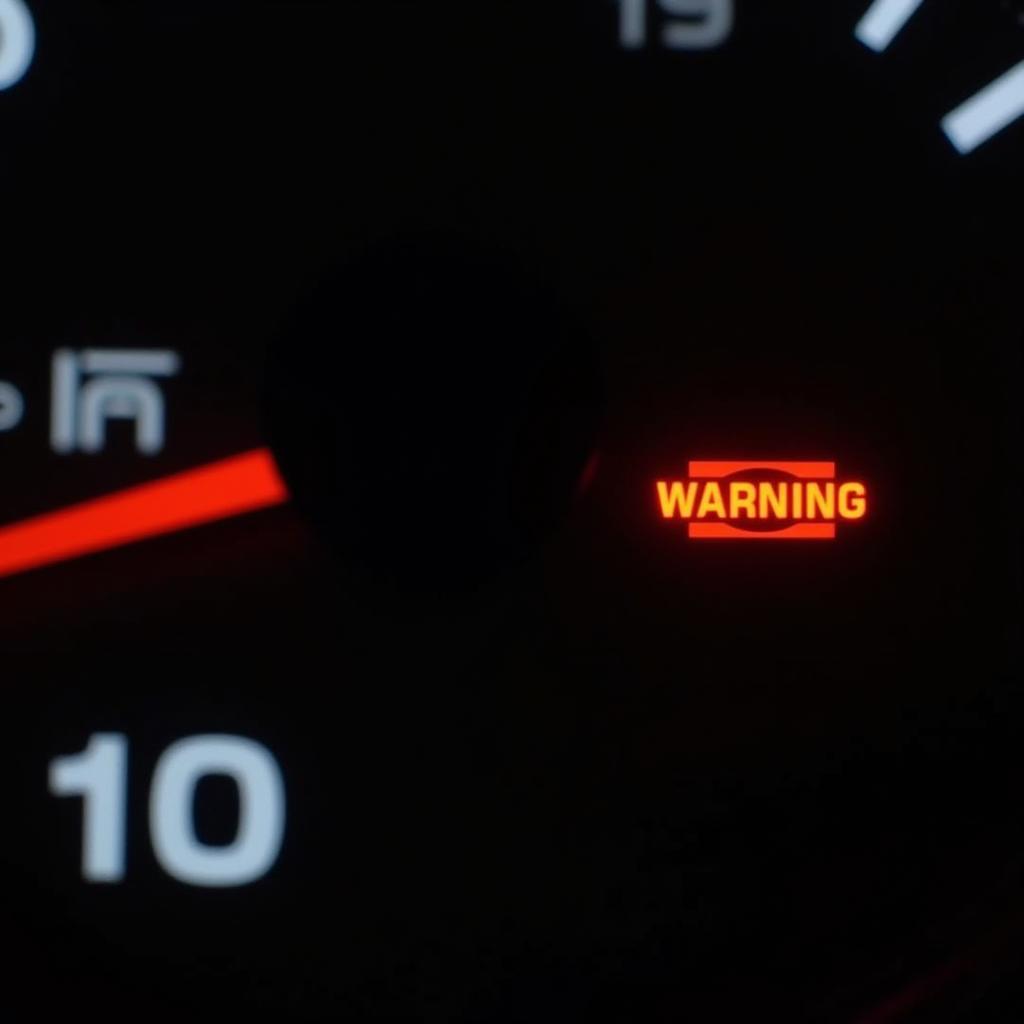The 2015 Passat TDI is a popular car, but it can be prone to problems with its AdBlue system. If you’re experiencing issues with your AdBlue sensor, you may need to reset it. This can be a tricky process, but it’s not impossible.
In this guide, we’ll walk you through the steps of resetting your AdBlue sensor. We’ll also discuss some common problems that can occur with the AdBlue system and how to troubleshoot them.
What is the AdBlue System?
AdBlue is a urea solution that is injected into the exhaust stream of diesel engines to reduce NOx emissions. The AdBlue system is a complex one, and it can be prone to problems.
The AdBlue sensor is a key component of this system. It monitors the level of AdBlue in the tank and sends this information to the engine control unit (ECU). If the AdBlue sensor malfunctions, it can cause a variety of problems, including:
- Check Engine Light: The most common symptom of a faulty AdBlue sensor is a check engine light. This light will come on when the ECU detects a problem with the AdBlue system.
- Reduced Engine Performance: If the AdBlue sensor is malfunctioning, the ECU may reduce engine power to protect the catalytic converter.
- AdBlue Tank Warning: The AdBlue tank warning light may come on even if the tank is full.
Why Reset Your AdBlue Sensor?
There are a few reasons why you might need to reset your AdBlue sensor:
- After Replacing the AdBlue Sensor: If you’ve recently replaced the AdBlue sensor, you’ll need to reset it so that the ECU can recognize the new sensor.
- After Refilling the AdBlue Tank: In some cases, resetting the AdBlue sensor may be necessary after refilling the AdBlue tank.
- To Clear Error Codes: If your AdBlue sensor is malfunctioning, you may be able to clear the error codes by resetting the sensor.
Here’s what [Expert Name], a renowned automotive expert, says about the AdBlue sensor:
“The AdBlue sensor is a critical part of the emission control system, and its proper function is essential for the vehicle’s performance. A malfunctioning sensor can lead to a range of issues, so it’s important to address any problems promptly. Resetting the sensor can sometimes resolve these problems, but if the issue persists, a deeper diagnosis may be required.”
How to Reset the AdBlue Sensor
The process for resetting the AdBlue sensor can vary depending on the make and model of your vehicle. Here are general steps, but it’s recommended to refer to your owner’s manual or consult a certified technician for specific instructions:
- Turn the ignition key to the “ON” position without starting the engine.
- Locate the AdBlue sensor reset button. It’s often located near the engine control unit or under the dashboard. Consult your owner’s manual for the exact location.
- Press and hold the AdBlue sensor reset button for several seconds. This will reset the sensor and clear any error codes.
- Turn the ignition key to the “OFF” position.
- Wait a few minutes before starting the engine.
If you’re not comfortable resetting the AdBlue sensor yourself, it’s best to take your car to a qualified mechanic.
Troubleshooting AdBlue System Problems
If you’re still experiencing problems with your AdBlue system after resetting the sensor, there may be other issues. Here are some common problems and how to troubleshoot them:
- Low AdBlue Level: Make sure your AdBlue tank is full.
- Faulty AdBlue Pump: The pump that injects AdBlue into the exhaust stream can fail. You may need to replace the pump.
- Clogged AdBlue Lines: The AdBlue lines can become clogged with debris. You may need to clean the lines or replace them.
- Faulty AdBlue Sensor: If the AdBlue sensor is faulty, it will need to be replaced.
Here’s what [Expert Name] advises about troubleshooting AdBlue issues:
“Diagnosing AdBlue problems can be tricky. It’s often helpful to use a diagnostic scan tool to read the error codes stored in the ECU. These codes can provide valuable insight into the underlying problem.”
Important Considerations
- Always use the correct type of AdBlue. AdBlue is a specific urea solution, and using any other type of fluid can damage your AdBlue system.
- Keep your AdBlue tank full. If the AdBlue tank runs dry, it can damage the AdBlue system.
- Regularly check your AdBlue system. If you notice any warning lights or other signs of problems, have your AdBlue system checked by a qualified mechanic.
FAQs
Q: How often should I reset my AdBlue sensor?
A: Generally, you only need to reset your AdBlue sensor after replacing it or refilling the AdBlue tank.
Q: What are the consequences of not resetting my AdBlue sensor?
A: The ECU may not recognize the new sensor, leading to error codes, reduced engine performance, or warning lights.
Q: Can I reset my AdBlue sensor myself?
A: While you can attempt to reset your AdBlue sensor yourself, it’s best to consult your owner’s manual or seek professional help if you’re unsure.
Q: How much does it cost to replace an AdBlue sensor?
A: The cost of replacing an AdBlue sensor can vary depending on your vehicle’s make and model.
Q: Is there a way to permanently disable the AdBlue system?
A: It’s generally not recommended to disable the AdBlue system as it’s a critical component of the emissions control system.
Resetting your AdBlue sensor can be a simple fix for some common issues, but remember to always consult your owner’s manual or seek professional help if you’re uncertain about the process.


